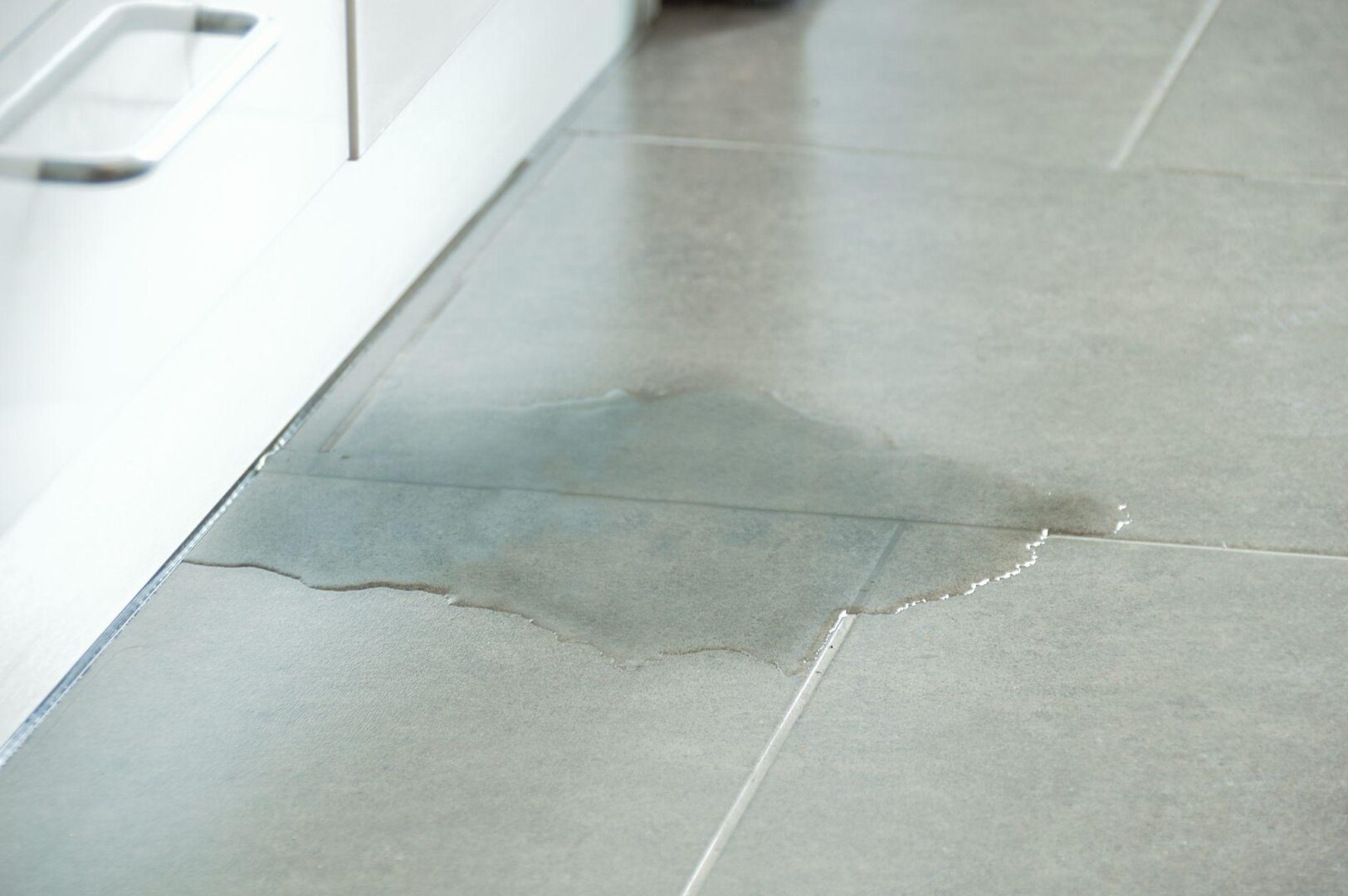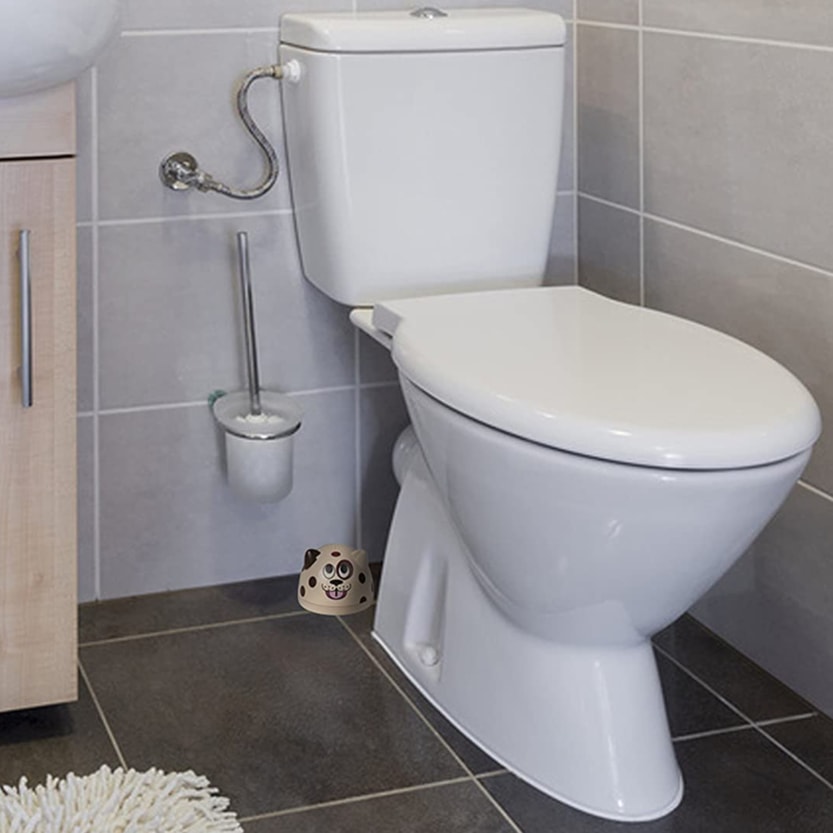What to Detect and Remedy Water Leaks in the Bathroom: Expert Insights
What to Detect and Remedy Water Leaks in the Bathroom: Expert Insights
Blog Article
In this article down the page you might get a bunch of sensible expertise pertaining to How to Check for Bathroom Leaks.

Restroom leakages are annoying as they interrupt your day's plan. It is a relief that the majority of shower room leaks are very easy to fix and find, with marginal price implications.
Having a water leakage in restroom can be difficult to the homeowner. The article serves as a "first aid" when you need an emergency situation response to a water leakage in washroom.
Discovery as well as Repair Work of Water Leak in Washroom
Water leakage in restroom generally results from plumbing and also pipe mistakes. You may need a basic understanding of these leakage types to find the water leakage in restroom.
Clogged Shower Room Sinks
In some cases, the water leakage in washroom arises from sink clogs. This is frequently a hassle to homeowners as well as may be unpleasant. Blockages might result from the build-up of soap scum, hair fragments, or particles that block the drain. It is simple to deal with clogs, and you might not require specialist abilities.
What to Do
You can utilize a drainpipe snake to remove the particles in the drainpipe and also allow the stagnant water flow. Drain pipes cleansers are additionally readily available in shops and are simple to utilize.
Bathroom Leaks
Often, water leakages from the bathroom as well as pools around the bathroom base. It is an eye sore in the washroom and also needs punctual focus. Occasionally, it arises from a loosened link in between the container as well as the bathroom. This creates water to leak from the cistern to the floor. It might likewise result from splits in the toilet bowl or a defective shut-off shutoff.
What to Do
If there are loose bolts in between the cistern as well as commode, you only require to tighten them. In some cases you might require to reapply wax on the gasket or call a shower room leakage professional to change worn or damaged parts.
Dash Leaks
These typically result from water splashing on the bathroom floor from the bath tub. It is a consequence of using an inadequate shower drape or used bathtub cellular lining. It harms the washroom floor and might cause rot to wooden floorings and bathroom doors. The water usually swimming pools around the tub or shower. This may result in even worse restroom damage without punctual handling.
What to Do
If the leak has harmed the restroom floor or door, you may require to alter these to avoid more damages. The great news is that you can involve a pipes professional to aid with the shower room repair work.
Conclusion
Water leaks in the washroom are preventable events in the home. Upkeep and regular checks help to maintain every little thing in great form. You can never be as well mindful, and these events still happen. When they do, repair them promptly, or engage the services of an expert.
The post offers as a "initial help" when you need an emergency reaction to a water leakage in bathroom.
Water leakage in bathroom frequently results from pipes and pipe mistakes. You might need a fundamental expertise of these leak types to detect the water leak in restroom. Occasionally, the water leakage in restroom results from sink obstructions. It harms the shower room flooring and also may create rot to wood floors as well as restroom doors.
5 Ways You Can Tell There's Water Leaking In The Bathroom
Mold and mildew
The presence of mold or mildew is a big indicator of a water leak. It's not unordinary to see mold or mildew in parts of your bathroom where water accumulates, like showers and sinks, but it's a problem if you notice it growing in other places. Mold grows in places that are moist and dark so it can point you to hidden water leaks.
Read More: https://www.housedigest.com/927314/ways-you-can-tell-theres-water-leaking-in-the-bathroom/If you notice mold or mildew growing on bathroom walls, floors, or ceilings you should be concerned. Other than pointing you in the direction of a potential leaky pipe behind your walls or under your floors, mold is dangerous to your health, according to The Waterworks. Mold can cause an allergic reaction with symptoms like watery eyes, runny noses, sneezing, headaches, and difficulty breathing. Since mold is not only unsightly to look at, but a health hazard it's important to take care of the leak as soon as possible so the mold can be cleaned before it spreads.
Read More: https://www.housedigest.com/927314/ways-you-can-tell-theres-water-leaking-in-the-bathroom/Damaged walls or floors
Unexplainable damage to your bathroom walls and floors is another sign of water leaking. If drywall gets wet it will crumble, bubble, and even warp or break apart. Before you notice your drywall deteriorating you may see the paint blistering or chipping off the wall. Or if you have wallpaper, it will begin to peel off when wet and show water stains.
Read More: https://www.housedigest.com/927314/ways-you-can-tell-theres-water-leaking-in-the-bathroom/Unstable toilet
When you sit on your toilet does it wobble? If it is unstable your toilet potentially has a flange leak, according to The Pink Plumber. Toilets are supposed to sit stable on the bathroom floor and should never be able to be moved around. There are screws that keep the toilet secured down to the floor and a wax ring that connects the toilet to the waste pipe. The wax ring creates a water-tight seal so nothing leaks when water and waste are moving through the toilet. If the wax seal is damaged or worn down it will no longer provide the proper seal, causing a flange leak and allowing wastewater to seep out.
Read More: https://www.housedigest.com/927314/ways-you-can-tell-theres-water-leaking-in-the-bathroom/Wet bathroom cabinets
Wet bathroom cabinets are a sure-fire way to tell if you have a water leak in your bathroom. When your cabinets are wet it is likely because of leaks from sink faucet or water supply lines. You will know that your cabinets are damp if you see any water stains inside the cabinets. If it is a leak from a water supply line The Pink Plumber explains that you will see water dripping out from the connectors or even puddles in the cabinets.
Read More: https://www.housedigest.com/927314/ways-you-can-tell-theres-water-leaking-in-the-bathroom/https://www.housedigest.com/927314/ways-you-can-tell-theres-water-leaking-in-the-bathroom/

I have been very occupied with How to Check for Bathroom Leaks and I am assuming you enjoyed reading the blog post. Be sure to take the opportunity to distribute this post if you enjoyed reading it. Thanks so much for taking the time to read it.
No more leaks! Report this page